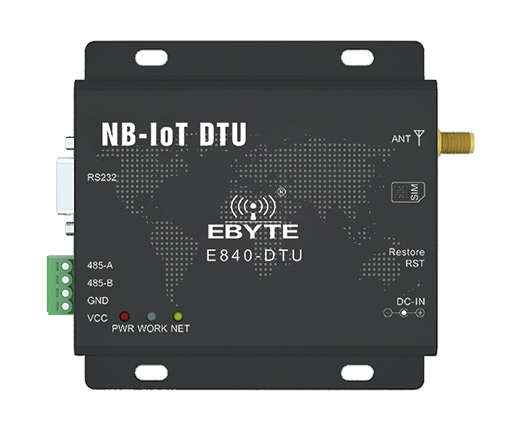Cloud hardware refers to the physical infrastructure and components that are used to build and support cloud computing environments. It includes a combination of servers, storage devices, networking equipment, and other hardware resources that are interconnected to provide computing power, storage capacity, and network connectivity for cloud-based services.
Here are some key components and considerations related to cloud hardware:
Servers: Cloud environments rely on a large number of servers to host virtual machines (VMs) or containers. These servers are typically high-performance machines with significant processing power, memory, and storage capacity. They are designed to handle the demands of multiple workloads running concurrently.
Storage Devices: Cloud storage infrastructure consists of various types of storage devices, including hard disk drives (HDDs), solid-state drives (SSDs), and network-attached storage (NAS) systems. These devices provide the necessary storage capacity for data persistence and retrieval in the cloud.
Networking Equipment: Networking hardware is essential for interconnecting the various components of a cloud infrastructure. It includes switches, routers,CAN to USB converter load balancers, and firewalls that enable efficient data transfer, traffic management, and network security within the cloud environment.
Hypervisors: Hypervisors or virtualization software are crucial components in cloud hardware. They allow the creation and management of multiple virtual machines or containers on a single physical server. Hypervisors enable efficient resource allocation, isolation, and scalability of cloud services.
Data Centers: Cloud providers typically operate large-scale data centers that house the cloud hardware infrastructure. These data centers are equipped with specialized cooling systems, power management infrastructure, redundant network connectivity, and physical security measures to ensure the availability and reliability of cloud services.
Scalability and Elasticity: Cloud hardware is designed to be highly scalable and elastic. It allows cloud providers to add or remove hardware resources based on the changing demands of cloud services. This flexibility enables the allocation of computing power and storage capacity as needed, providing cost-effective solutions for users.
Hardware Virtualization: Cloud hardware leverages hardware virtualization technologies to abstract physical resources into virtual instances. This allows multiple tenants or users to share the same physical hardware while maintaining isolation and security. Hardware virtualization enables efficient resource utilization and maximizes the return on investment for cloud providers.
Cloud hardware forms the foundation of cloud computing infrastructure, providing the necessary resources and capabilities to deliver scalable, on-demand, and flexible cloud services. It enables organizations and users to access computing power, storage, and network resources without the need for extensive on-premises infrastructure and maintenance.






